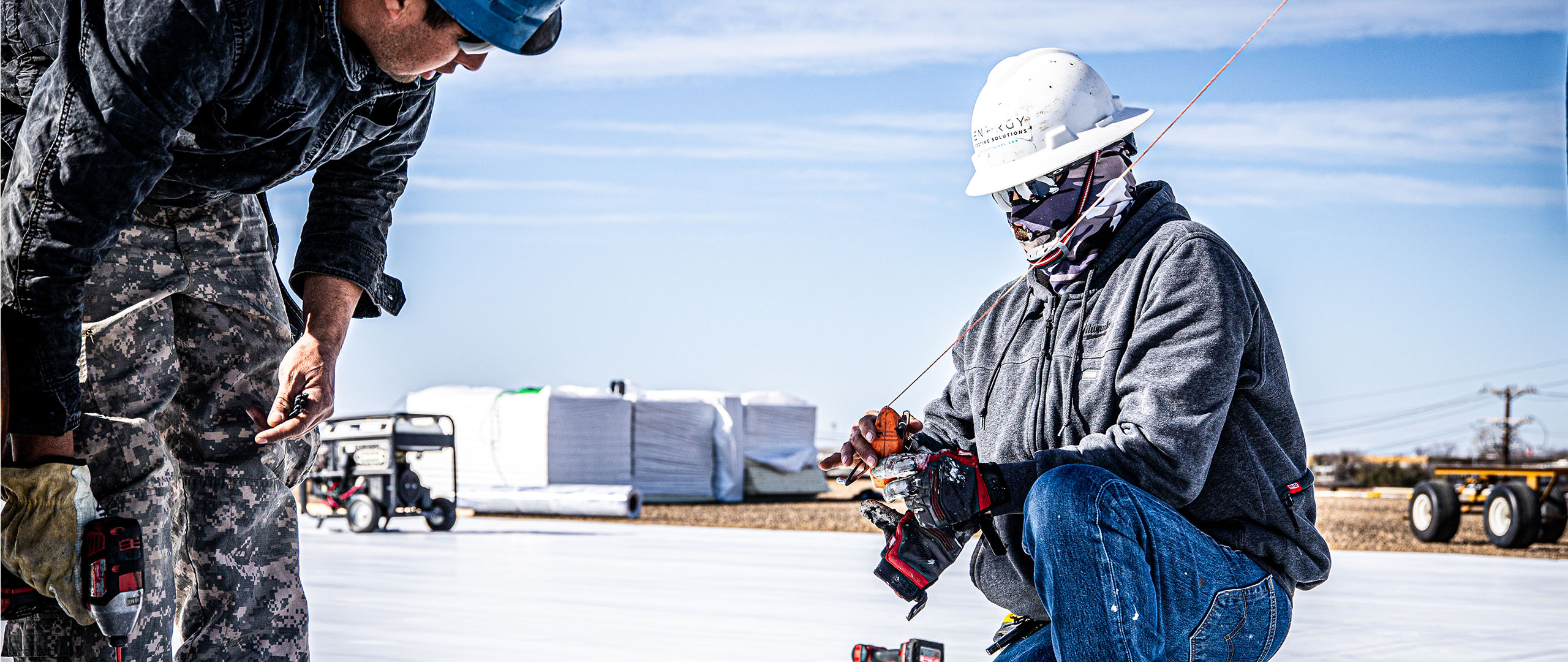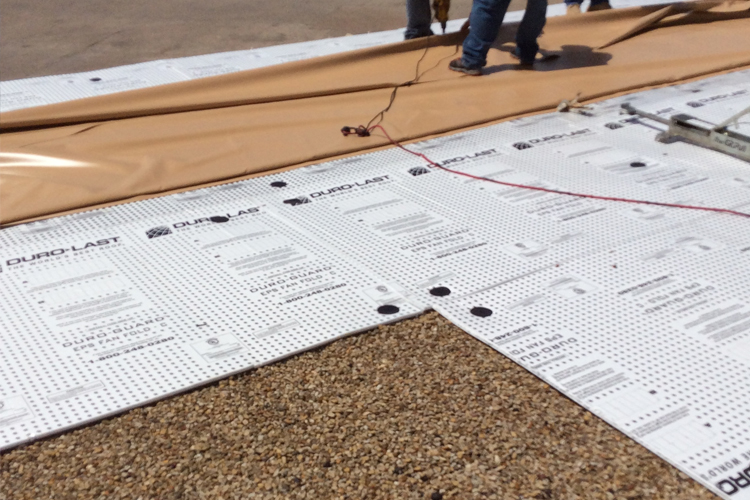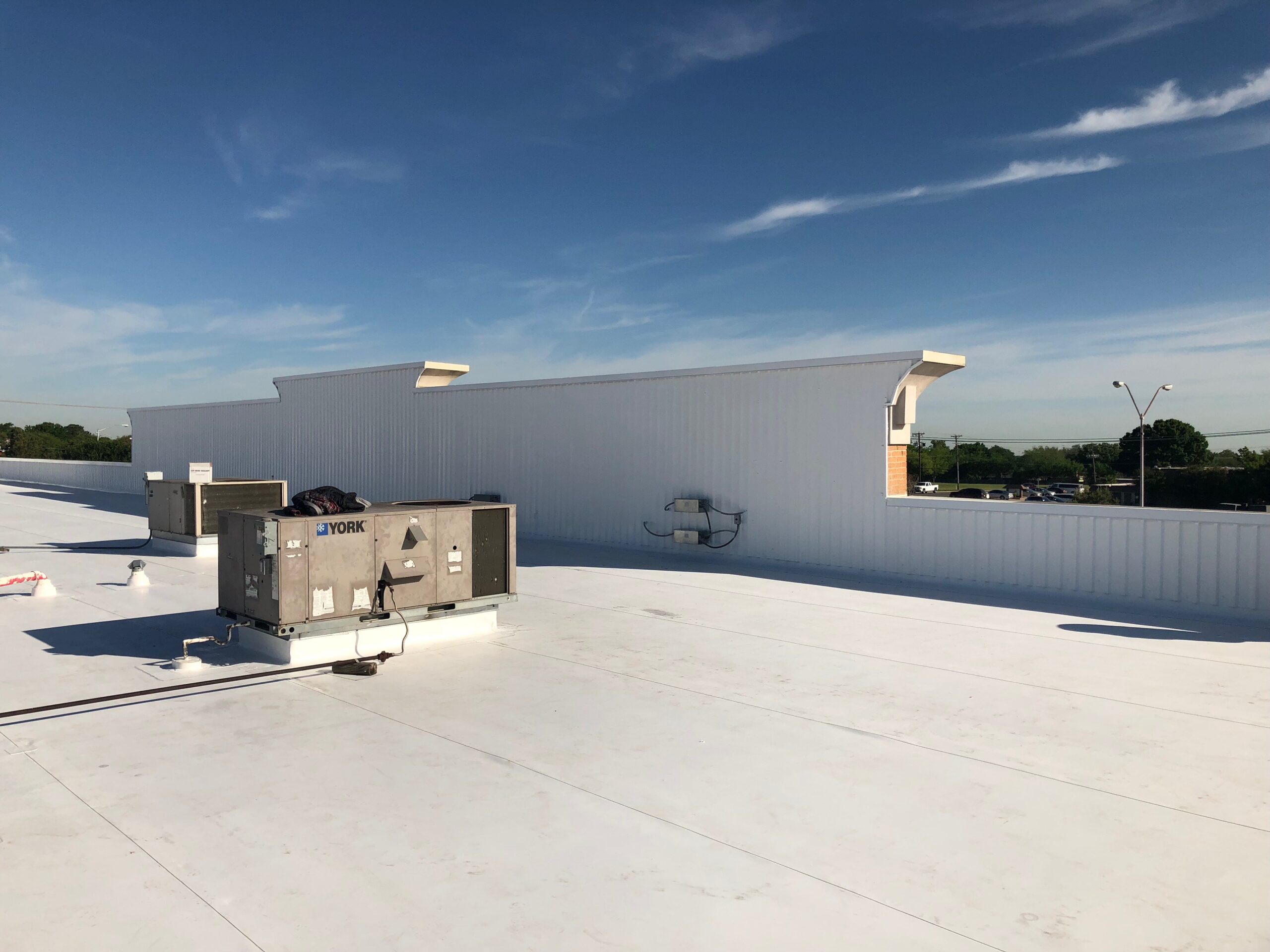As energy costs continue to rise and environmental concerns become more pressing, businesses are increasingly looking for ways to improve their energy efficiency. One effective method is through the use of reflective roof coatings. These coatings not only reduce energy consumption but also provide several other benefits that can positively impact a business’s bottom line. This blog post will explore the energy savings associated with reflective roof coatings, their additional benefits, and practical tips for implementation.
What Are Reflective Roof Coatings?
Reflective roof coatings are specialized materials applied to the surface of a roof to enhance its ability to reflect sunlight and emit absorbed heat. These coatings typically contain white or light-colored pigments that have high solar reflectance and thermal emittance. By reflecting a significant portion of the sun’s energy, reflective roof coatings help keep buildings cooler and reduce the need for air conditioning.
How Reflective Roof Coatings Work
Reflective roof coatings work by:
- Reflecting Sunlight: The light-colored pigments in the coatings reflect a large percentage of the sun’s rays, preventing them from being absorbed as heat.
- Emitting Heat: The coatings have high thermal emittance, which means they can release any absorbed heat back into the atmosphere, further reducing the heat load on the building.
Benefits of Reflective Roof Coatings
1. Energy Savings
The primary benefit of reflective roof coatings is their ability to reduce energy consumption. By keeping the building cooler, these coatings reduce the demand for air conditioning, leading to significant energy savings. The following table illustrates potential energy savings based on different climate zones for an average-sized commercial building:
| Climate Zone | Energy Savings (%) | Average Annual Savings |
|---|---|---|
| Hot (e.g., Texas) | 20-40% | $10,000 – $40,000 |
| Warm (e.g., California) | 10-20% | $7,500 – $15,000 |
| Mild (e.g., Oregon) | 5-10% | $5,000 – $10,000 |
| Cool (e.g., New York) | 2-5% | $2,000 – $5,000 |
2. Extended Roof Lifespan
By reducing the roof’s temperature, reflective coatings minimize thermal expansion and contraction, which are common causes of roof degradation. This can extend the roof’s lifespan and reduce maintenance costs.
3. Improved Indoor Comfort
Reflective coatings help maintain more consistent indoor temperatures, making the building more comfortable for occupants and potentially improving employee productivity.
Practical Insights: Implementing Reflective Roof Coatings
For businesses considering reflective roof coatings, understanding the types of coatings and their applications is essential. The following list provides an overview of common types of reflective roof coatings:
- Acrylic Coatings: Water-based and suitable for a variety of roof types. They are cost-effective and easy to apply.
- Silicone Coatings: Ideal for roofs exposed to standing water. They offer excellent UV resistance and durability.
- Polyurethane Coatings: Known for their impact resistance and durability, making them suitable for roofs with high foot traffic.
- Asphalt Coatings: Typically used on built-up roofs (BUR) and modified bitumen roofs. They offer good reflectivity and durability.
Steps to Implement Reflective Roof Coatings
1. Assessment: Conduct a thorough assessment of your current roof condition to determine the suitability of reflective coatings.
2. Selection: Choose the appropriate type of reflective coating based on your roof type, climate, and specific needs.
3. Preparation: Clean and repair the roof surface to ensure proper adhesion of the coating.
4. Application: Hire professional contractors to apply the coating uniformly and effectively.
5. Maintenance: Schedule regular inspections and maintenance to sustain the performance of the reflective coating.
Case Study: A Real-World Example
Consider a large warehouse in a warm climate that implemented a silicone reflective roof coating. Before the application, the building struggled with high indoor temperatures and excessive energy costs due to constant air conditioning use. After applying the reflective coating, the warehouse experienced a noticeable drop in indoor temperatures. Energy costs decreased by 25%, and the return on investment was achieved within two years. Additionally, the roof’s lifespan was extended, reducing long-term maintenance costs.
Additional Benefits of Reflective Roof Coatings
1. Environmental Impact
Reflective roof coatings help mitigate the urban heat island effect, where urban areas become significantly warmer than their rural surroundings due to human activities. By reflecting sunlight and reducing heat absorption, reflective coatings contribute to lowering overall urban temperatures.
2. Enhanced Building Value
Buildings with reflective roof coatings can have a higher market value due to their energy efficiency and sustainability features. Prospective buyers or tenants may be willing to pay a premium for buildings that offer these benefits.
Common Myths About Reflective Roof Coatings
1. Reflective Coatings Are Only Beneficial in Hot Climates: While particularly effective in hot climates, reflective coatings can also provide benefits in cooler climates by reducing the need for heating in the summer and insulating the building in the winter.
2. Reflective Coatings Are Expensive: Although the initial cost of some reflective coatings can be higher, the long-term energy savings and extended roof lifespan often outweigh the upfront investment.
3. Reflective Coatings Are Only for New Buildings: Reflective coatings can be applied to existing buildings, making them accessible to a wide range of structures.
Taking the Next Step: Implementing Reflective Roof Coatings for Your Business
Reflective roof coatings offer a practical and effective solution for improving energy efficiency, reducing costs, and enhancing indoor comfort. By reflecting sunlight and emitting absorbed heat, these coatings can significantly lower energy consumption and create a more comfortable environment for building occupants. As businesses continue to prioritize sustainability and cost savings, the adoption of reflective roof coatings is likely to become increasingly common.
Get Started with Reflective Roof Solutions Today
Ready to transform your building with reflective roof coatings? Here are the steps to take:
- Consult with Experts: Contact roofing professionals to discuss the best reflective coating options for your specific needs and budget.
- Schedule an Assessment: Arrange for a detailed assessment of your current roof to determine the most suitable reflective coating solution.
- Plan Your Application: Work with your chosen contractor to develop a comprehensive application plan that minimizes disruption to your business operations.
- Maintain Your Roof: Establish a regular maintenance schedule to ensure your reflective coating continues to perform at its best.
For personalized advice and top-quality reflective roof solutions, reach out to Energy Roofing Solutions today. Our team of experts is ready to help you improve your building’s energy efficiency, enhance comfort, and boost overall productivity.
Join the Reflective Roof Movement
Join the growing number of businesses benefiting from reflective roof coatings. Stay ahead of the curve by investing in this innovative roofing solution that supports sustainability, reduces costs, and creates a better work environment. For more information, industry insights, and expert advice, follow our blog and subscribe to our newsletter.
By taking these proactive steps, you can ensure your business is well-equipped to provide a comfortable and productive environment for your employees, all while contributing to a more sustainable future.







